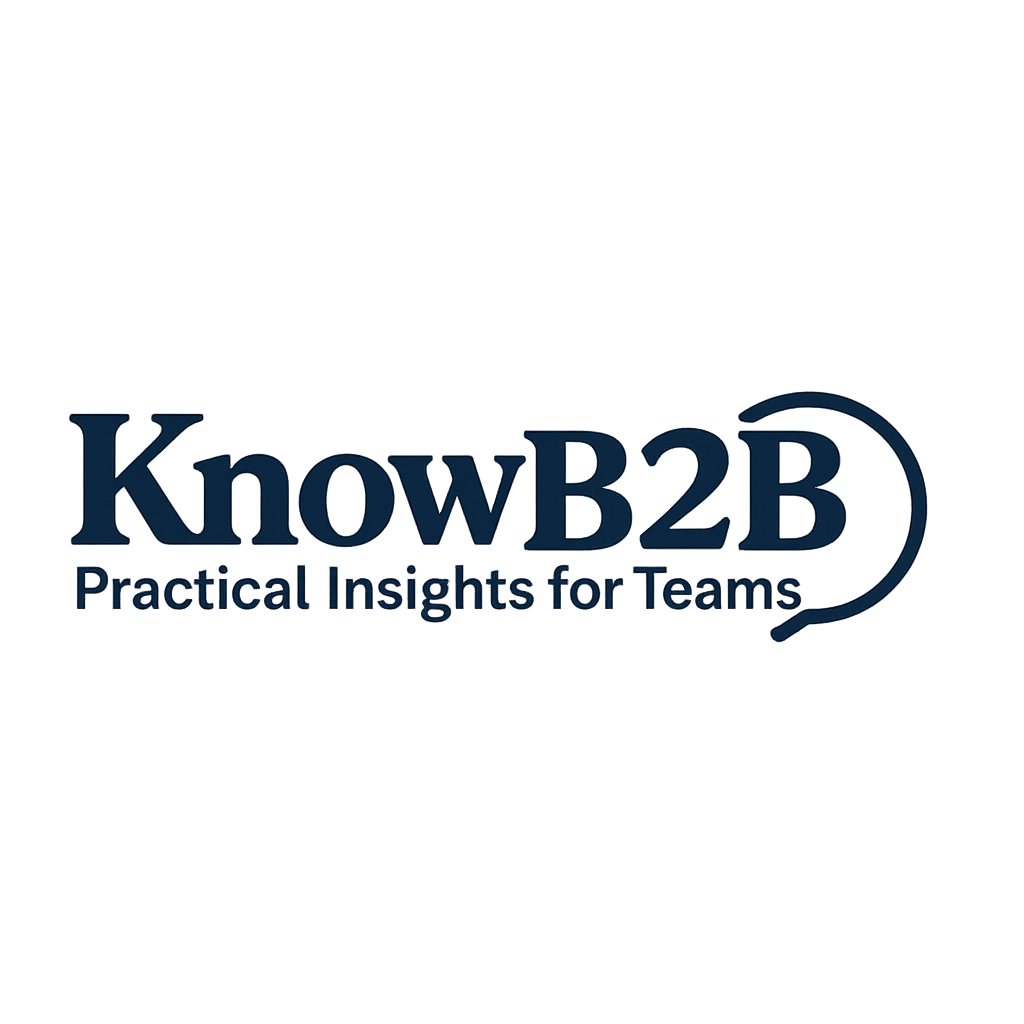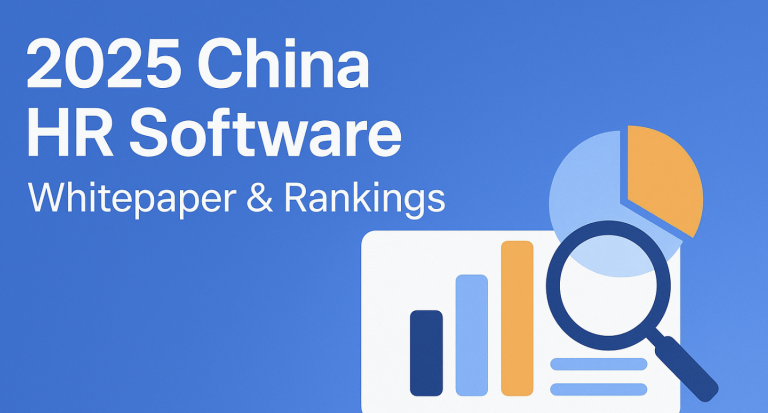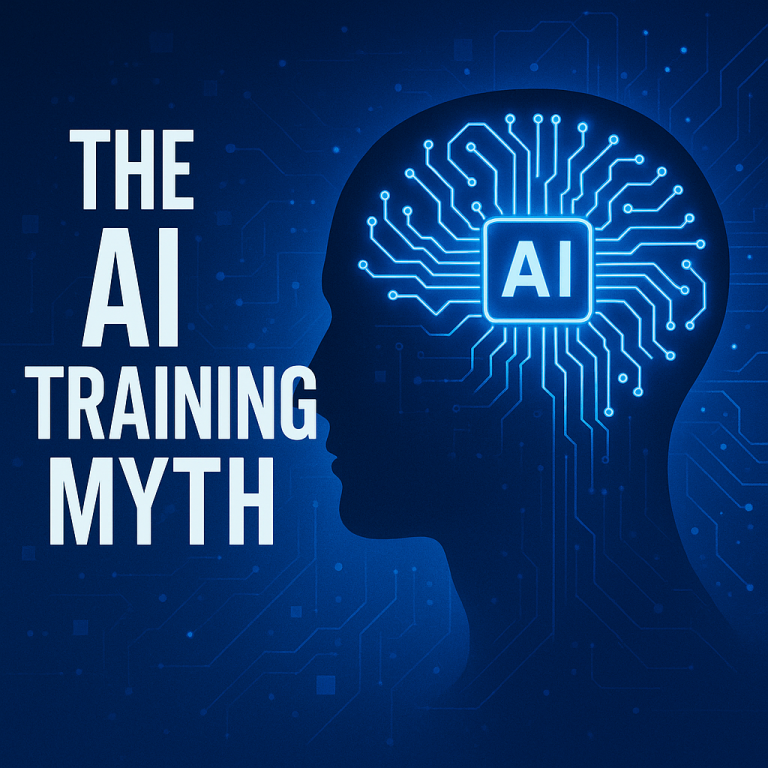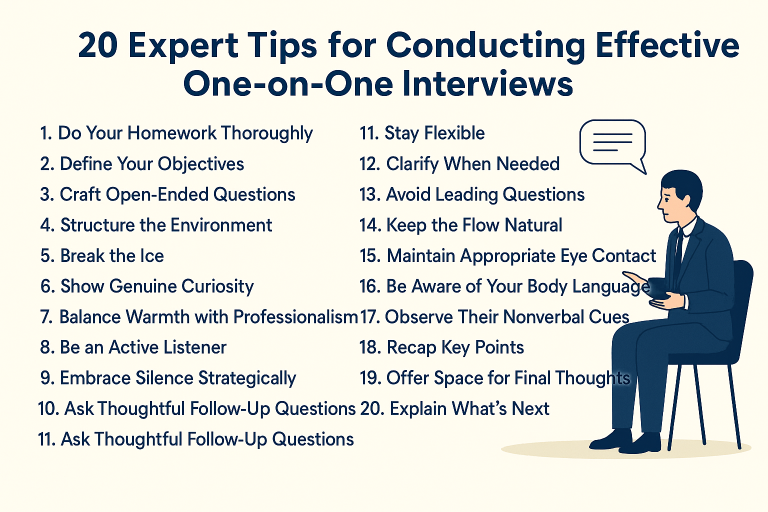Introduction: Why Traditional SEO Alone No Longer Works
Search is no longer just about indexing and ranking — it’s about inference, recommendation, and real-time generation. The rise of Large Language Models (LLMs), vector-based retrieval, and AI Overviews has introduced four parallel visibility battlegrounds:
- SEO: For human-intent keyword search
- GEO: For LLM-generated content referencing
- AIO: For brand presence in AI training and inference
- AEO: For real-time featured answers and zero-click delivery
To win in this environment, brands must think like information architects, not just content publishers.
1. SEO: Still the Foundation, But Fragmented by AI Interfaces
✅ Core Purpose:
Optimize for web crawlers and search engine indexers to rank for transactional and informational keywords.
🧠 Technical Depth:
- Crawlability depends on HTML semantics and canonical structures.
- Keyword optimization now requires passage-based indexing understanding (as introduced by Google MUM/BERT).
- Backlink strategies must shift toward semantic authority — i.e., linking within contextually rich, topic-specific environments.
🔍 What Changed in 2024–2025:
- Google’s SGE (Search Generative Experience) compresses traditional 10-blue-links into answer cards, reducing CTR from organic listings.
- Mobile-first indexing penalizes performance bottlenecks and non-accessible UIs.
SEO is no longer just about showing up — it’s about being structurally preferable to be summarized.
2. GEO: The Engine Behind AI Recommendations (ChatGPT, Perplexity, Claude)
✅ Core Purpose:
Make your content quotable, retrievable, and preference-weighted in generative engine outputs.
🧠 Technical Strategy:
- Use structured content blocks that follow semantic clarity (e.g., “Pros”, “Cons”, “Use Case”).
- Implement robust Schema.org markup (FAQ, Product, Review, HowTo).
- Optimize for long-tail questions, especially “best X for Y” prompts.
- Include contextual anchor texts that LLMs can ingest during RAG (Retrieval-Augmented Generation) calls.
🤖 How LLMs “Decide”:
- LLMs rely on RAG pipelines that retrieve snippets from embedding databases.
- Your content must be embeddable, indexed in vector databases, and contextually clear.
- Sites like Wikipedia, Stack Overflow, Quora are overrepresented — your content must simulate that structural clarity.
⚠️ Critical Risk:
Non-GEO-optimized brands become invisible in LLM outputs, even if SEO rankings remain strong.
3. AIO: Getting Recognized by the Model Itself
✅ Core Purpose:
Ensure your brand becomes part of the AI’s knowledge base, even without active querying.
🧠 Technical Strategy:
- Be present in AI training corpora (Common Crawl, CC-News, Wikipedia-like sources).
- Ensure brand descriptions are consistent across web, APIs, and databases.
- Maintain factual consistency across multiple knowledge graphs (e.g., Wikidata, Crunchbase, LinkedIn).
🤖 Model Behavior:
LLMs like GPT-4, Claude 3, and Gemini synthesize “brand memories” from accumulated high-confidence mentions. If your brand is:
- Underrepresented
- Conflicting in description
- Missing from structured corpora
…then your brand won’t be referenced in summarization outputs.
🧱 Sources LLMs Trust:
- Government and education domains (.gov, .edu)
- Structured community content (Reddit, GitHub)
- Established aggregators (Gartner, G2, TechCrunch)
4. AEO: Dominating Featured Answers in AI Overviews and Voice Search
✅ Core Purpose:
Position your content as the default answer in Google SGE, voice interfaces, and featured snippets.
🧠 Optimization Blueprint:
- Use inverted pyramid writing: lead with the answer, expand with context.
- Create zero-click content: answer concisely in the first paragraph.
- Target conversational and entity-based queries (“How much does X cost in 2025?”, “Is Y GDPR compliant?”)
- Use explicit answer formatting: numbered lists, Q&A pairs, bold highlights.
🔎 Schema Enhancements:
- FAQPage + QAPage + HowTo + WebPage markup
- Use Google’s
data-nosnippetcarefully to avoid suppressing AI indexing
⚡ Future of AEO:
- AI Overviews may eventually synthesize multi-source answers — only semantically structured content will survive that fusion.
Integration Strategy: Building a Unified AI Visibility Framework
| Layer | Strategy | Owned By | KPI |
|---|---|---|---|
| Foundational | SEO | Web + Content team | Rankings, backlinks |
| Generative | GEO | SEO + AI content ops | LLM mention rates |
| Recognition | AIO | Brand, PR, data | Inclusion in datasets, GPT citation presence |
| Surface Layer | AEO | Product + SEO + UX | Answer box win rate, SGE impressions |
Recommendations for CMOs & Heads of Content
- Audit beyond Google: Run prompt tests in ChatGPT, Perplexity, and Bard — check whether your brand shows up.
- Invest in data hygiene: Inconsistency across Crunchbase, G2, and LinkedIn weakens AIO and GEO potential.
- Structure for AI summarization: Don’t just write; format. Embrace modular, schema-rich writing patterns.
- Own your niche: Focus on a domain-specific knowledge footprint. LLMs favor brands that “own” a topic category semantically.
Final Thought
In the age of AI, search visibility is no longer about what users type, but what machines decide to show.
Smart brands don’t fight the algorithm — they feed it. The winners of tomorrow are the ones structuring content today for both humans and machines.



